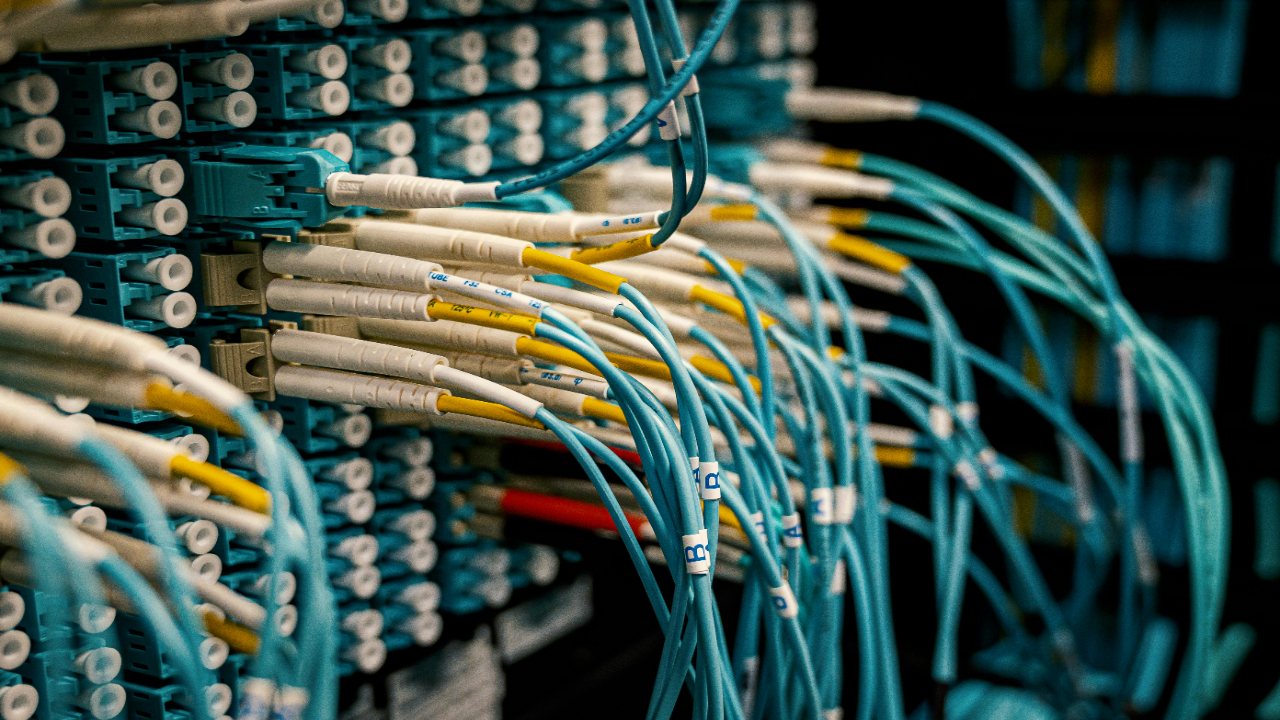In a time when digital connectivity is all around, people’s dependence on home networks has increased for various purposes. Fiber to the Home (FTTH) technology has emerged as a game-changing answer as the need for faster and more dependable internet develops. This article examines the foundations of fiber-to-the-home (FTTH) and discusses the importance of securing home networks in light of the constantly changing digital landscape.
Understanding FTTH Technology
Fiber to the Home (FTTH) is a state-of-the-art technology that uses optical fibers to bring high-speed internet straight to homes. FTTH provides unmatched benefits over traditional broadband technologies, such as increased capacity, faster data transmission speeds, and increased dependability. The core ideas of fiber-to-the-home (FTTH) technology are based on the utilization of optical fibers, which transform internet access by sending data as light pulses.
Data is sent using optical fibers at the speed of light, which forms the foundation of FTTH. The Optical Network Unit (ONU) and the Optical Network Terminal (ONT), which transform optical communications into electrical signals for usage at home, are essential components of the infrastructure.
Significance of Securing Home Networks
Home networks are vulnerable to various threats in the digital world as they grow in sophistication. The growing threat scenario, which includes privacy issues and cyberattacks, emphasizes the necessity of solid security measures to protect sensitive and private data. A home network security breach can have serious repercussions, such as compromising personal privacy and financial loss.
To explore a diverse range of Fiber to the Home (FTTH) solutions and products, visit bonelinks.com. They offer integration of FTTH and ODN into a single system making everything more convenient.
Securing Home Networks with FTTH
Encryption and Data Protection
Leveraging encryption protocols for data transmission over FTTH is crucial to fortify home networks. This ensures the confidentiality and integrity of personal information, protecting it from unauthorized access and tampering.
Network Firewall and Intrusion Detection Systems
By filtering incoming and outgoing data, network firewalls defend against potential dangers. In addition, intrusion detection systems, or IDS, offer real-time threat monitoring, quickly detecting and reducing security threats.
Strong Authentication Mechanisms
Using strong passwords for FTTH network access is fundamental to home network security. Users who utilize multi-factor authentication must confirm their identity using several methods, adding additional protection.
Regular Software Updates
Keeping FTTH equipment and connected devices updated is paramount. Timely software patches and firmware updates mitigate security risks, promptly addressing potential vulnerabilities.
Network Segmentation
Segmenting the FTTH network improves security by separating possible points of compromise. This is particularly important for Internet of Things (IoT) devices since they guard against security breaches while separated.
Educating Home Users on Security Practices
It is crucial to raise knowledge about cybersecurity through education. Home users can actively participate in network security if they are aware of frequent dangers and best practices. All users can now quickly secure connected devices with the introduction of user-friendly security software.
Challenges in FTTH Network Security
Ensuring home users are accountable for their network security is one of the difficulties. Proactive cybersecurity strategies include security technologies that are easy to use and continuous education. Changing security protocols to counter new online dangers is a constant struggle. Staying ahead of potential threats requires regular updates and monitoring.
Conclusion
In summary, Fiber to the Home (FTTH), which provides previously unheard-of speed and dependability, is essential to developing home networks. But with this progress comes the need to protect these networks from a constantly changing threat environment. Protecting personal data in the rapidly evolving digital era requires adopting proactive security measures, remaining informed, and cultivating a culture of cybersecurity awareness. We must stay committed to safeguarding the entrances to our digital lives as technology develops.
